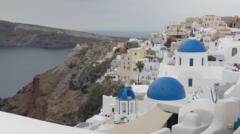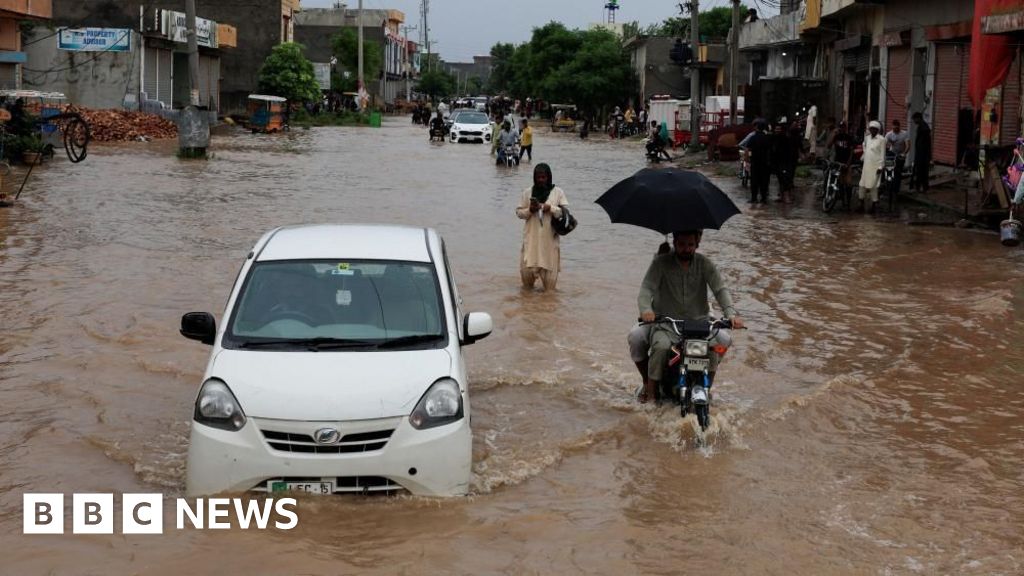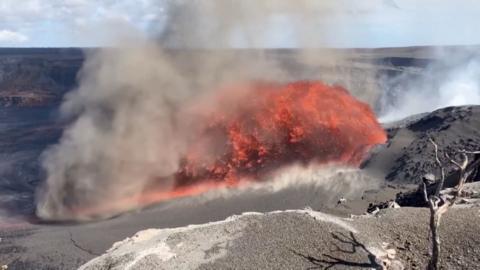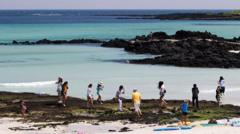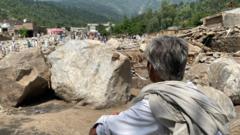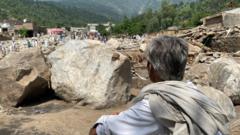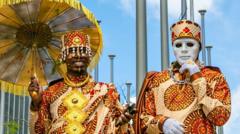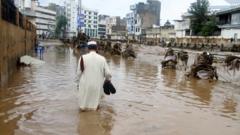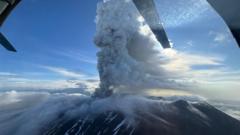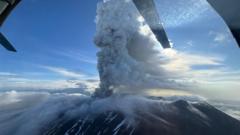Concerns loom over Santorini as the idyllic Greek island, famous for its breathtaking vistas and vibrant tourism, sits precariously over two tectonic plates. Following a series of earthquakes that led to mass evacuations, scientists have mobilized to understand the risks posed by the volcano beneath. Aboard the British research vessel Discovery, led by experts like Prof. Isobel Yeo and Prof. Paraskevi Nomikou, researchers are exploring Santorini's underwater volcanoes to track seismic activity and potential eruptions.
The last volcanic event occurred in 1950, but subtle movements in 2012 stirred questions about future threats. Isobel warns against complacency, noting that underwater volcanoes can unleash devastating eruptions. Recent eruptions in Tonga demonstrated the far-reaching impacts of such natural events, emphasizing the need for comprehensive data to predict future hazards.
With bubbling hydrothermal vents and unique geological features, the waters surrounding Santorini harbor dangers yet to be fully understood. The team is mapping the hydrothermal system and evaluating how interactions between seawater and magma could affect eruption dynamics. The collected data will contribute to geohazard maps, delineating areas at risk during an eruption—a vital resource for both locals and tourists.
As Santorini grapples with the economic implications of potential volcanic activity and the impact on tourism, individuals like photographer Eva Rendl have felt the change firsthand, experiencing cancellations and anxious clients. Despite the uncertainty, many visitors remain drawn to the island's allure, embracing the adventure even amid natural threats.
Efforts to enhance public safety through scientific investigation continue, as the fragile balance between attracting tourism and safeguarding resident safety hangs precariously over this enchanting island. As researchers strive to deliver information and reassurance, Santorini stands as a stark reminder of nature's indomitable power in the face of human desire for beauty and leisure.

